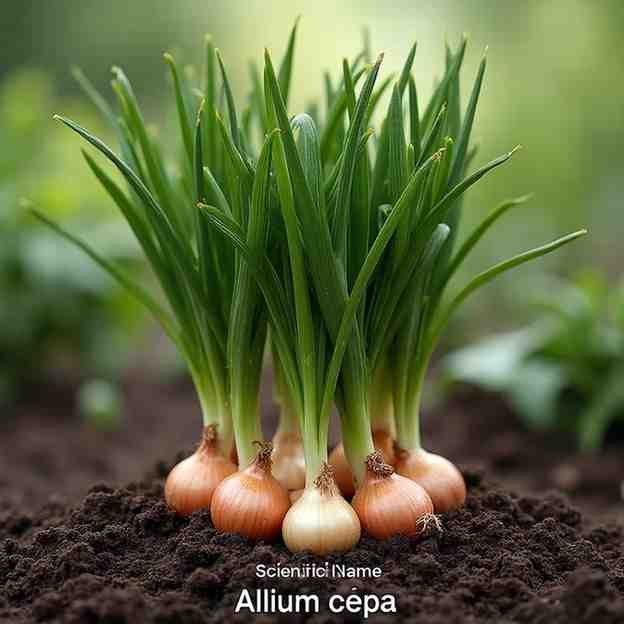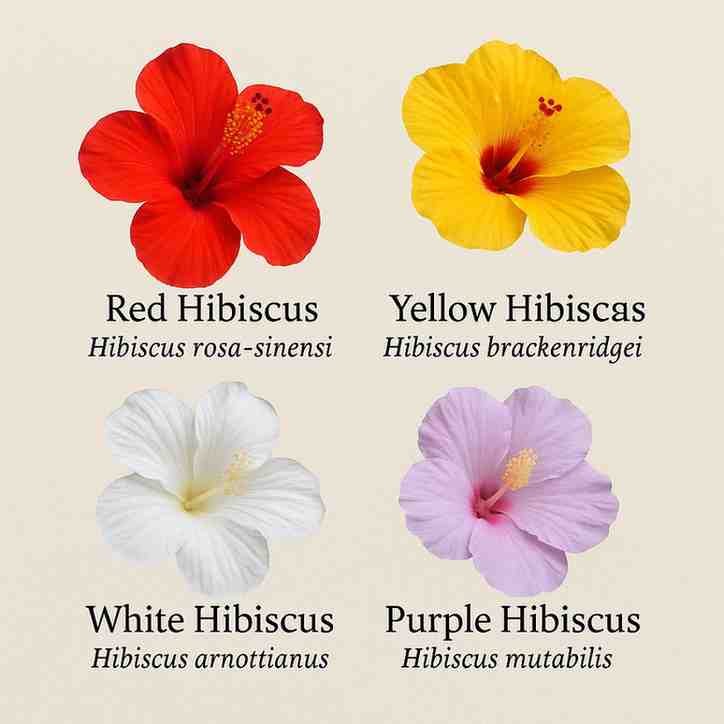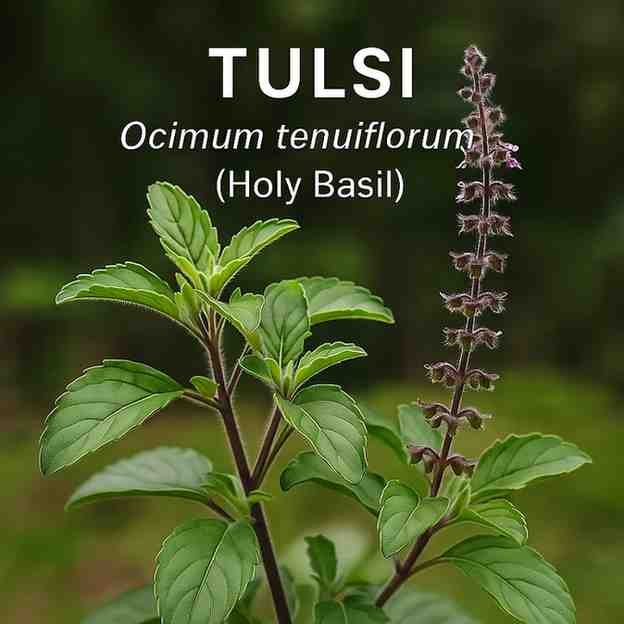What is the scientific name of the onion? The onion scientific name is Allium cepa.
Onion is the most cultivated and consumed vegetable in the world. In addition to screams, they have a strong aroma and a multilayered bulb structure. Known for its strong aroma and multi-layered bulb structure, with culinary uses, it has been present in human life for thousands of years. From cooking to home remedies for ailments, onions have an important place in food culture and health.
In this article, we explore the onion scientific name, meaning, pronunciation, plant description, types, uses, benefits, and much more.
Table of Contents
What is the Onion Scientific Name?
Allium cepa is the botanical name of the Onion. This biological name is used all across the globe to identify the
How to Pronounce the Onion Scientific Name
- Pronunciation: /ˈæliəm ˈsiːpə/.
- Say in English: AL-ee-um SEE-puh
Botanical reference in the world must refer to this pronunciation. Allium refers to the genus of onion, which also includes garlic, leek, and chives, while cepa specifies the common onion species.
Meaning of Onion Scientific Name
Allium is the Latin term for garlic or onion, alluding to the pungent and distinctive smell of the plant. The term cepa means “onion” in Latin, directly describing that edible bulb as we know it today.
Biological Classification of Onion
| Rank | Name |
|---|---|
| Kingdom | Plantae |
| Clade | Tracheophytes |
| Clade | Angiosperms |
| Clade | Monocots |
| Order | Asparagales |
| Family | Amaryllidaceae |
| Genus | Allium |
| Species | cepa |
Types of Onions and Their Binomial Names
| Onion Type | Scientific Name | Characteristics | Main Uses |
|---|---|---|---|
| Yellow Onion | Allium cepa | Strong flavor, sweetens when cooked | Cooking, soups |
| Red Onion | Allium cepa | Mild, crunchy, colorful | Salads, pickles |
| White Onion | Allium cepa | Crisp, sharp flavor | Salsas, stir-fries |
| Green Onion | Allium fistulosum | No bulb, mild taste | Garnish, soups |
| Spring Onion | Allium cepa (immature) | Small bulb, tender stalk | Curries, stir-fries |
| Shallot | Allium cepa var. aggregatum | Sweet, mild | Dressings, roasting |
| Lasalgaon Onion | Allium cepa | Light red, pungent, long storage life (8-9 mo) | Sauces, chutneys, dried chips, export |
| Oignon de Roscoff | Allium cepa | Pink-copper outer coat, sweet & fragrant, AOC-protected | Raw salads, traditional Breton dishes |
| Sunion (Tearless) | Allium cepa hybrid | Sweet, non-pungent, tear-free | Raw eating, minimal eye irritation |
These tables represent the typical types of onions, along with their various species and their corresponding scientific names, essential characteristics, and uses. There are the ordinary yellow, red, and white onions, and the extraordinary ones, such as the tear-free Sunion and GI-tagged Lasalgaon onion, each unique in taste and use in the kitchen.
Onion Plant: Leaves, Bulb, Flower, and Roots
Bulb:
- It is the fleshy leaf bases that form the underground storage organ.
- Depending on the variety, the bulb can be yellow, white, red, or purple.
- The nutrients and water are stored for plant growth.
Leaves:
- Hollow, sometimes cylindrical, and green leaves with a waxy coating.
- Young green leaves harvested as green onions or scallions.
Flowers:
- Small, star-shaped flowers that grow together in an umbel at the top.
- Anticipated to be white or purple.
- Produced by the second year of the plant’s growth cycle for seed production.
Roots:
- Fibrous, shallow-rooted.
- Helps efficiently absorb nutrients and water.
Uses of Onion
Onion (Allium cepa) is among the world’s most widely utilized vegetables. Everyday cuisine, folk medicine, and even pest deterrents have their uses. Here follows an elaborate breakdown.
Culinary Uses:
- Flavoring & Base Ingredient: Used in curries, soups, sauces, gravies, and stir-fries.
- Raw Consumption: Added to salads, sandwiches, burgers, and chutneys.
- Pickling: Small onions pickled in vinegar/spices.
- Fried/Caramelized: Used as toppings (biryanis, steaks, burgers) or to add sweetness.
- Powder & Flakes: Onion powder and flakes for seasoning and spice mixes.
Medicinal & Health Uses:
- Rich in Antioxidants: Contains quercetin and sulfur compounds that help reduce inflammation.
- Heart Health: Helps lower cholesterol and blood pressure.
- Immune Boosting: Antibacterial and antiviral properties.
- Digestive Aid: High in fiber; supports gut health.
- Blood Sugar Control: Beneficial for diabetics when consumed in moderation.
Household & Traditional Uses:
- Insect Bite Relief: Fresh onion juice reduces itching/swelling.
- Cold and cough treatment: Onion juice mixed with honey is traditionally used as a remedy for colds and coughs.
- Hair growth: Applying onion juice to the scalp helps reduce hair loss and encourages growth.
- Cleaning Agent: Onion slices can also be rubbed on grills, pans, and rusted metal.
- Natural Dye: Onion skins can be used to dye fabrics and also to dye Easter eggs.
Agricultural Uses:
- Companion Planting: Onions can deter pests like aphids, carrot flies, and beetles.
- Fertilizer: Onion peels, as they can soak up water in a water basin. Afterward, the infusion will be used as organic fertilizer for plants.
Nutrition and Health Benefits of Onion

Health Benefits of Onion
- Immunity Booster: Full of vitamin C and antioxidants.
- Cardiovascular Support: Helps bring down cholesterol and blood pressure.
- Normalizes Sugar Levels: Sulfur compounds help in diabetes.
- Aids Digestion: Prebiotics help the gut bacteria.
- Natural Anti-Inflammatory: Reduce swelling with a variety of natural compounds.
Onion Nutrition Facts (Per 100g Raw Onion)
| Nutrient | Amount |
|---|---|
| Calories | 40 kcal |
| Water | 89% |
| Carbs | 9.3 g |
| Sugar | 4.2 g |
| Fiber | 1.7 g |
| Protein | 1.1 g |
| Vitamin C | 7% DV |
Common Names of Lemon in Different Languages
| Language | Common Name |
|---|---|
| English | Lemon |
| Spanish | Limón |
| French | Citron |
| German | Zitrone |
| Italian | Limone |
| Hindi | Nimbu (नींबू) |
| Arabic | Laymūn (ليمون) |
| Chinese (Mandarin) | Níngméng (柠檬) |
| Japanese | Remon (レモン) |
| Urdu | Lemon / Nimbu (لیموں) |
Conclusion
Allium cepa is the botanical name for onion, representing a plant that has nurtured humanity for thousands of years. With mouth-watering, edible bulbs and edible leaves, as well as a multitude of uses in foods and medicine, onions remain a universal crop.
Also Read:
- Potato Scientific Name, Genus, Types, Uses, and Benefits
- Tomato Scientific Name, Types, Uses, Benefits, and Plant
- Chili Scientific Name, Genus, Types, Uses, and its Benefits
FAQs About Onion
What is the scientific name of the onion?
The scientific name of the onion is Allium cepa, which is widely cultivated as a vegetable across the globe.
Where did the onion originate from?
Onions are believed to have originated in Central Asia and have been used in cooking and medicine for thousands of years.
What family does onion belong to?
Onion belongs to the Amaryllidaceae family, which also includes garlic, leek, and chives.
What are the nutritional benefits of onions?
Onions are rich in vitamins, minerals, and antioxidants. They are a good source of Vitamin C and compounds that support heart health and immunity.
Are onions used in traditional medicine?
Yes, onions have been used in traditional herbal medicine for their antibacterial and anti-inflammatory properties.
What are the different types of onions?
Common types include red onions, white onions, and yellow onions, each with its unique flavor and use in cooking.


I have recently started a site, the information you provide on this website has helped me greatly. Thank you for all of your time & work.
I just like the valuable information you provide on your articles. I’ll bookmark your blog and test again here frequently.Good luck for the next!